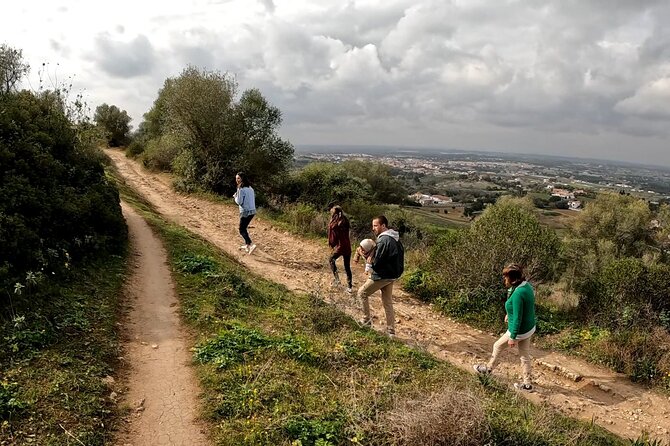Bread, Wine&Cheese, The Natural Taste
‘Variety is the spice of life,’ they say, and nothing embodies this sentiment quite like the trio of bread, wine, and cheese. Each element carries a rich history and a unique flavor profile that has stood the test of time.
But what is it about these simple pleasures that captivate our senses and bring people together in a celebration of taste and tradition? Explore the art of pairing these culinary delights and uncover the secrets behind their natural allure.
Key Points
- Bread, wine, and cheese symbolize cultural heritage and culinary traditions.
- Pairing wine with cheese enhances flavor profiles and dining experiences.
- Natural ingredients in bread and cheese offer authentic tastes and nutritional benefits.
- Embracing sustainable food practices ensures the longevity of traditional food production.
History of Bread Making

Frequently overlooked, the history of bread making weaves a rich tapestry of traditions, innovations, and cultural significance that have shaped societies for centuries. Ancient techniques dating back thousands of years reveal how early civilizations cultivated grains, ground them into flour, and mixed them with water to create simple flatbreads.
As societies evolved, so did bread making. Innovations like the discovery of leavening agents led to the creation of lighter, softer bread. Modern innovations, such as mechanized kneading and precise temperature control in ovens, have revolutionized the bread-making process.
Bread has transcended its humble origins to become a staple in diets worldwide, reflecting the diverse culinary traditions of different cultures and serving as a symbol of sustenance and community.
Wine Pairing Tips

The rich history of bread making provides a perfect backdrop for exploring the art of wine pairing, enhancing the dining experience with complementary flavors and aromas. When it comes to food pairing, understanding tasting notes can greatly enhance the enjoyment. Here are some wine pairing tips to elevate your dining experience:
| Wine Pairing Tips | Recommendations |
|---|---|
| 1. Sweet Wines | Blue cheese, desserts |
| 2. Light White Wines | Seafood, salads |
| 3. Rich White Wines | Creamy pasta, poultry |
| 4. Light Red Wines | Charcuterie, roasted vegetables |
| 5. Bold Red Wines | Beef, aged cheese |
Cheese Varieties Guide

Exploring a diverse array of cheese varieties offers a delightful journey into the world of culinary craftsmanship and flavor profiles. Cheese tasting allows individuals to appreciate the nuances and complexities that different cheeses bring to the palate. Each cheese variety is a reflection of unique culinary traditions, showcasing the expertise and heritage of cheesemakers worldwide.
-
Soft Cheeses: Known for their creamy textures and subtle flavors, soft cheeses like Brie and Camembert are perfect for those who enjoy milder tastes.
-
Hard Cheeses: Parmigiano-Reggiano and aged Cheddar fall into this category, offering sharp, intense flavors that have been perfected over time.
-
Blue Cheeses: Gorgonzola and Roquefort are examples of blue cheeses, known for their distinct veins of blue mold that provide a tangy and pungent flavor profile.
Benefits of Natural Ingredients

Embracing the use of natural ingredients enhances the authenticity and richness of flavors in culinary creations. Taste preferences are also elevated with natural ingredients, offering a pure and unadulterated flavor profile that appeals to discerning palates.
When it comes to health benefits, natural ingredients are often packed with essential nutrients and antioxidants, contributing to overall well-being. Along With taste and health benefits, natural ingredients boast high nutritional value, providing a wholesome eating experience.
On top of that, the environmental impact of using natural ingredients is significantly lower, as they’re often sourced sustainably and support local farmers and producers. By incorporating natural ingredients into culinary dishes, one not only enhances the overall flavor but also contributes positively to personal health and the environment.
Sustainable Practices in Food Production
Enhancing sustainability in food production involves implementing eco-friendly practices to minimize environmental impact and promote long-term viability. Embracing the farm to table movement allows for fresher produce, supports local farmers, and reduces carbon emissions associated with transportation.
Utilizing eco-friendly packaging options, such as biodegradable materials or reusable containers, helps decrease waste and pollution in the food industry. By adopting these sustainable practices, not only are the environmental benefits substantial, but there’s also a positive impact on the community and future generations.
The shift towards sustainability in food production is essential for ensuring a healthier planet and more responsible consumption habits.
Common questions
What Is the Recommended Attire for the Tour?
For the tour, visitors are advised to dress casually and comfortably. The recommended attire aligns with a relaxed and enjoyable experience. The dress code encourages ease of movement and enjoyment of the cultural offerings.
Are There Any Restrictions on Photography During the Tour?
Photography restrictions during the tour adhere to strict guidelines set by the operator. Guests are encouraged to enjoy the experience without disrupting others. Following tour rules ensures everyone’s safety and respect for the surroundings.
Is There a Restroom Available on the Tour Route?
Restroom access is available along the tour route. Beyond Adventures ensures travelers have convenient facilities during the experience. From public transportation connections to service animals allowed, they strive to make the journey comfortable and enjoyable for all participants.
Can Special Dietary Restrictions or Allergies Be Accommodated?
Special dietary restrictions or allergies can be accommodated with customized menus and allergen-friendly options. Beyond Adventures aims to cater to various dietary accommodations, ensuring all travelers can enjoy the experience without limitations.
Is There a Minimum Age Requirement for Participants on the Tour?
For participants on the tour, there is no minimum age requirement. The recommended tour attire is comfortable and weather-appropriate. Beyond Adventures ensures a memorable experience for all travelers, with a maximum group size of 8.
Last Words

To sum it up, the ‘Bread, Wine&Cheese, The Natural Taste’ tour offers a tantalizing sensory experience that celebrates the art of artisanal bread, exquisite wines, and delectable cheeses. From the rich history of bread making to the perfect wine pairings and a guide to cheese varieties, this tour is a culinary journey not to be missed.
With a focus on natural ingredients and sustainable practices, this intimate tour promises a truly unforgettable gastronomic adventure.